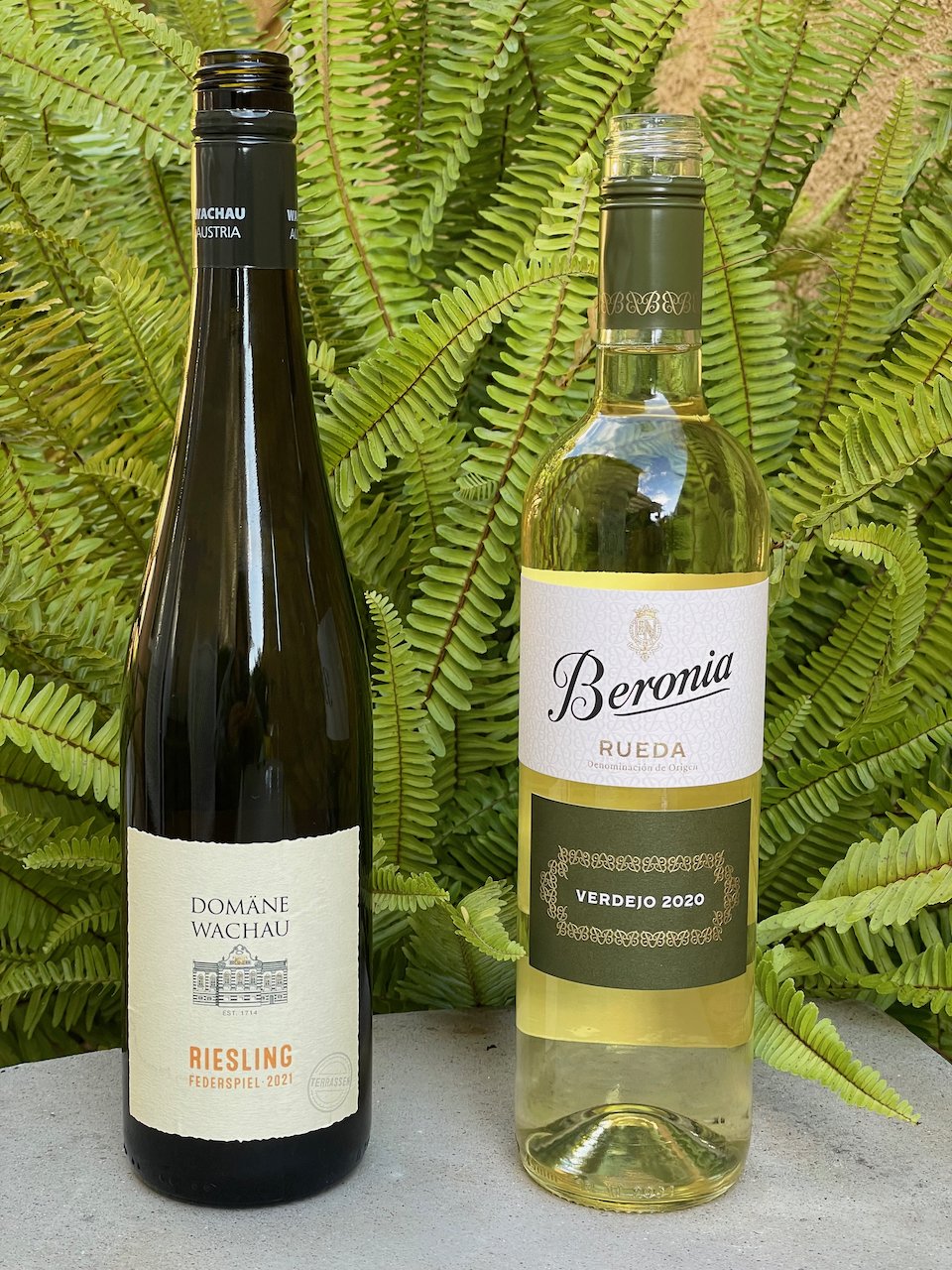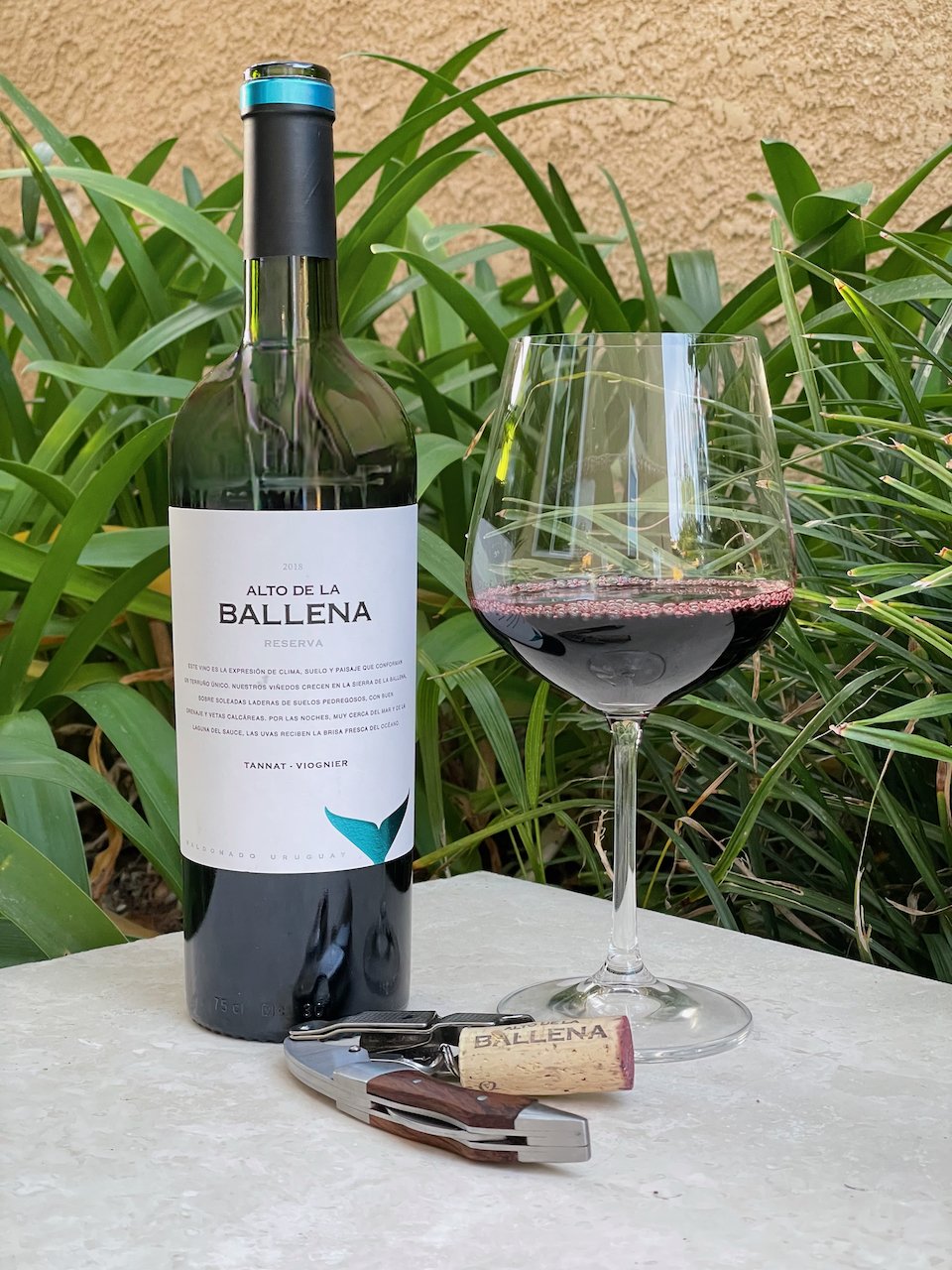Some people really like don’t care for white wine. They say it just doesn’t have as much flavor as red wines.
But, maybe, your experience with white wines has all been with very cold white wines. If you are drinking white wine right out of a standard refrigerator (which is typically 35-40 degrees F) you’re serving it too cold. Heavily chilling wines does cause them to have less flavor.
But, a lightly chilled white wine (50-55° F range) will allow you to experience the wine as it was intended by the winemaker.
A rule-of-thumb that I’ve always used for white wine is that if you are using a standard refrigerator to chill your wine, you should take the bottle of white wine out approximately 30 minutes before you want to serve it. That should leave a light chill on it. Or, if you own a wine refrigerator, you probably already know that it should be set to approximately 50 to 55 degrees F for white wines.
While serving a white wine at a warmer temperature does help to bring out more flavor, remember, the serving temperature of your wine a matter of personal preference. Whatever your preference, enjoy!






